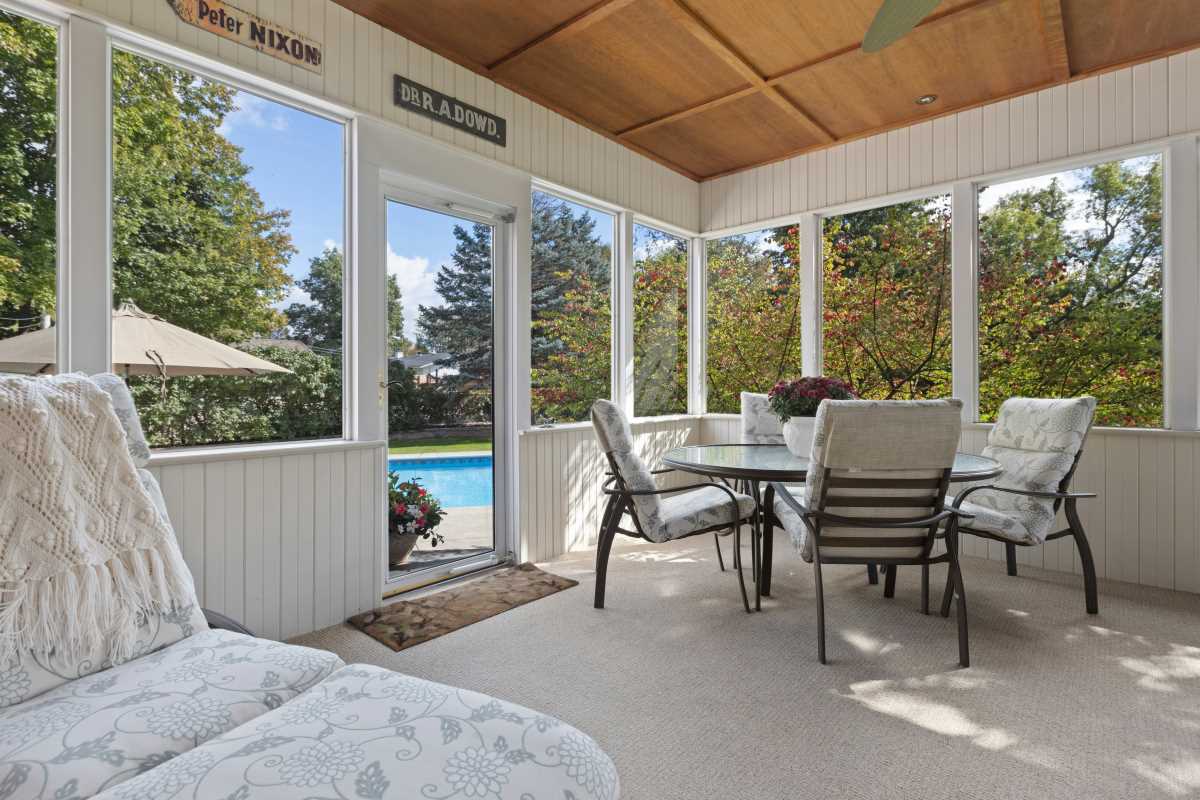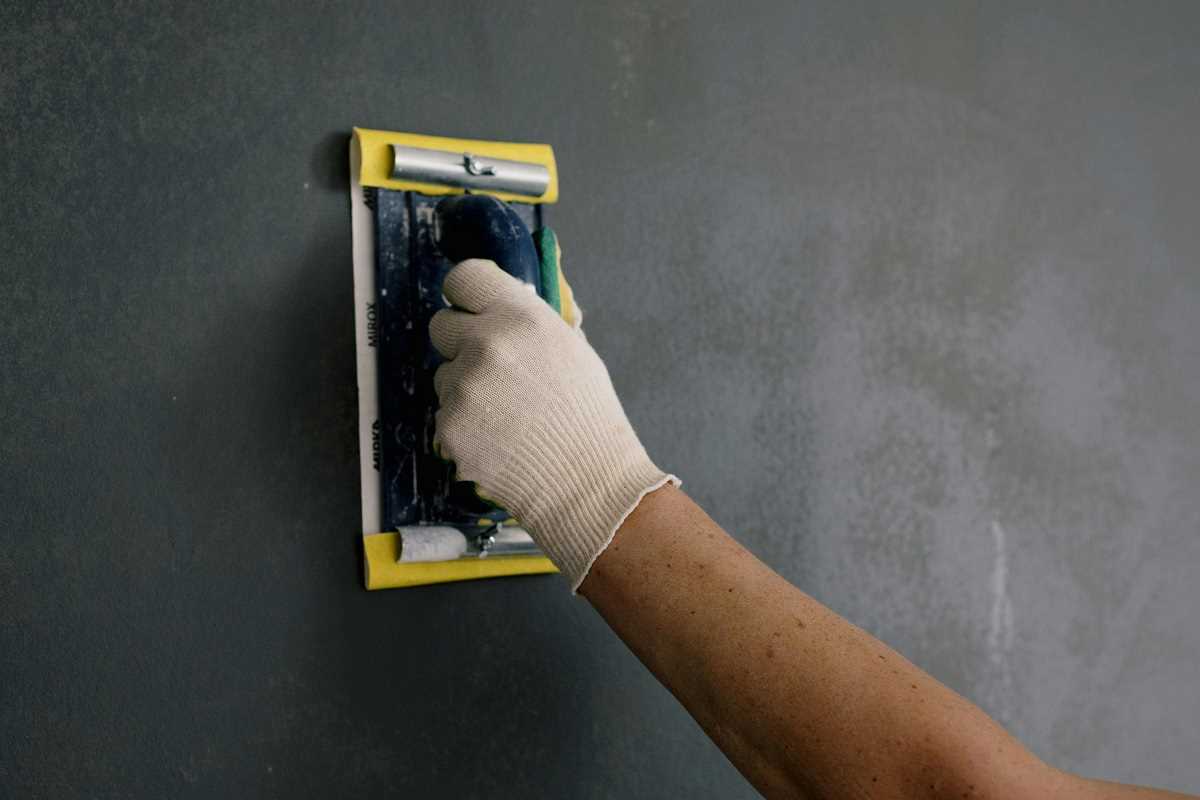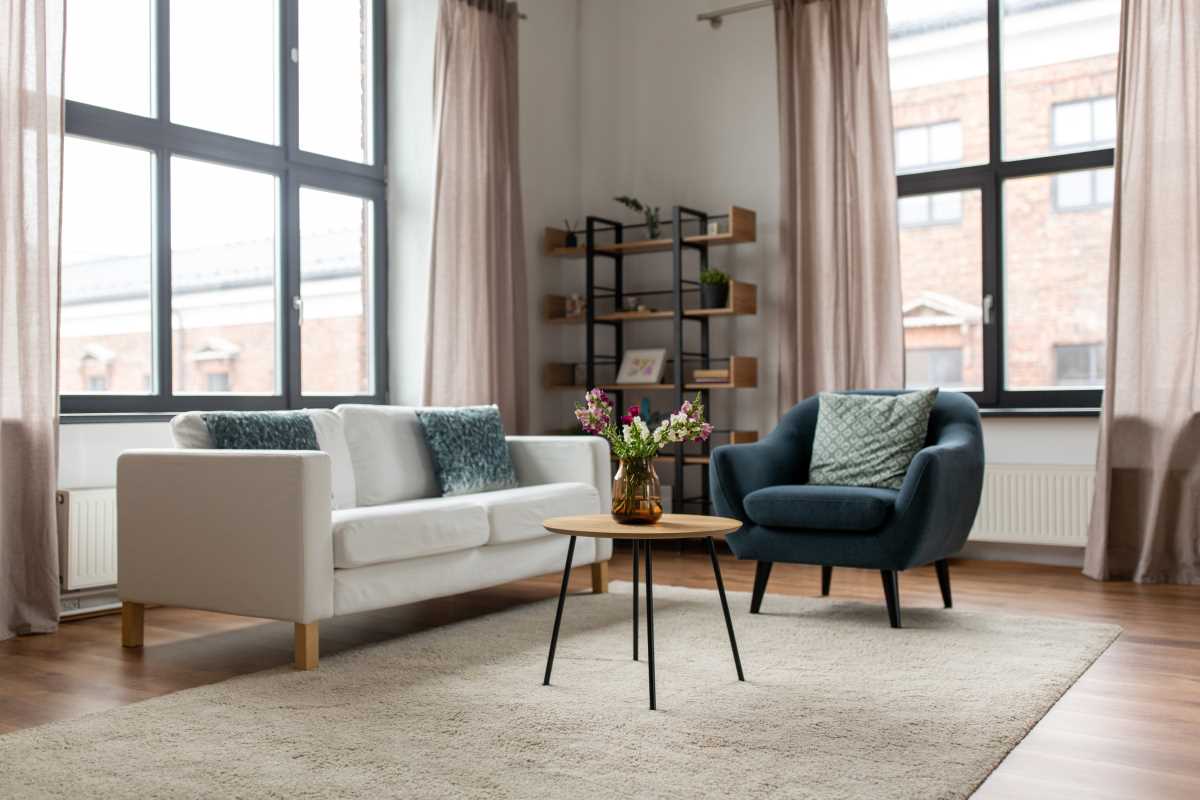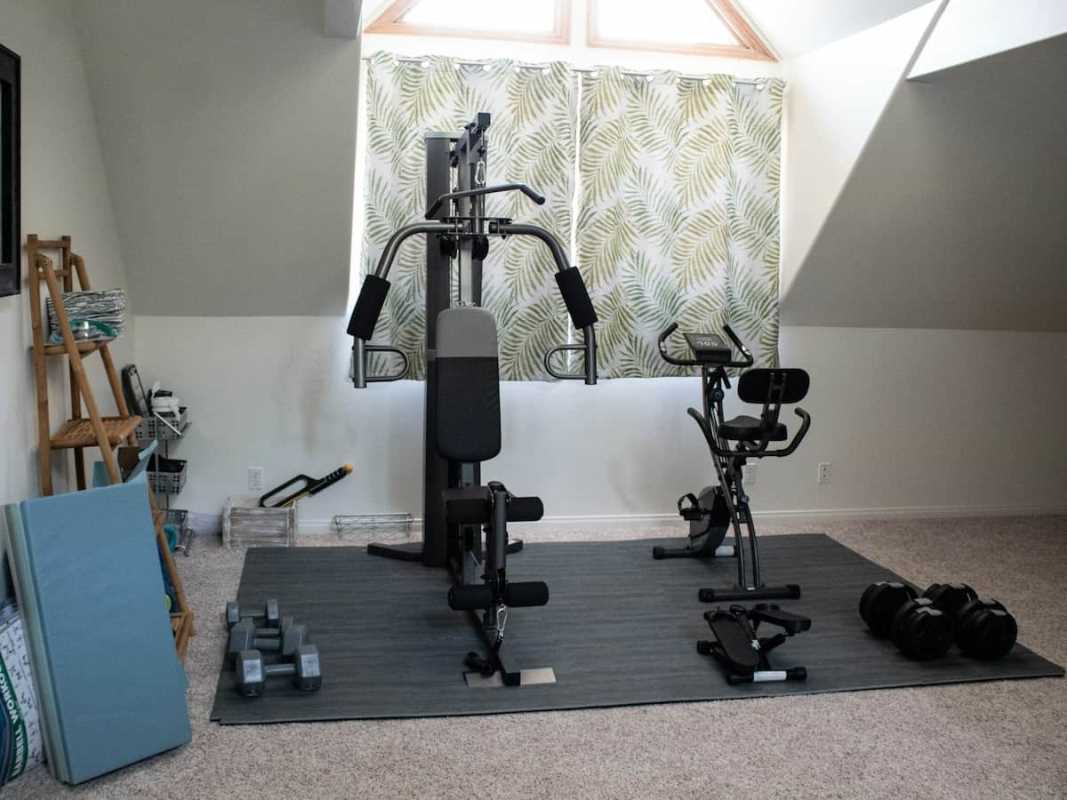Living in a space that feels cramped is a major vibe killer. During a remodel, every square foot counts, and traditional swinging doors can be serious space hogs. Think about it: every time you open a door, it claims a whole arc of floor space, dictating where you can put furniture and how you can move. What if you could get that space back? Enter the pocket door—a sleek, genius solution that slides right into the wall.
Pocket doors are a total game-changer for maximizing space, creating better flow, and giving your home a clean, modern aesthetic. If you're planning a remodel, this is the perfect time to consider this space-saving upgrade. Let’s dive into why pocket doors are having a major moment and how you can use them to level up your home.
What's the Big Deal with Pocket Doors?
A pocket door is a sliding door that disappears into a compartment—or "pocket"—in the wall when it's open. Unlike a traditional hinged door that swings into a room, a pocket door simply glides away, freeing up valuable floor and wall space. This simple but brilliant design comes with some amazing benefits.
The Ultimate Space Saver
This is the number one reason to get on board with pocket doors. A standard door needs about 10 square feet of "swing space" to open fully. In a small room, that’s a huge amount of real estate you can't use for anything else. By eliminating the door swing, a pocket door gives you back that floor space, making a room feel instantly larger and more open. It gives you total freedom to place furniture wherever you want without worrying about blocking a doorway.
A Major Flow Upgrade
Pocket doors create a seamless transition between rooms. When open, they vanish completely, creating an unobstructed walkway and an open-concept feel. When closed, they provide the privacy you need. This makes them perfect for connecting spaces that you want to be able to open up or close off easily, like a kitchen and dining room or a bedroom and an en-suite bathroom.
That Clean, Minimalist Vibe
Let's be real: pocket doors just look cool. They offer a clean, minimalist aesthetic that works with almost any design style, from ultra-modern to modern farmhouse. With no visible hinges and a streamlined look, they contribute to an uncluttered, intentional design. Plus, you can find them in tons of different styles, from classic paneled doors to frosted glass, so you can match your home’s unique vibe.
The Perfect Spots for a Pocket Door
Pocket doors are an amazing solution in many areas of a home, but they are true lifesavers in certain tight spots. If you're remodeling, here are the best places to consider installing one.
Small Bathrooms and Powder Rooms
Bathrooms are notoriously tight on space. A swinging door can make a small bathroom feel even more cramped, often bumping into the vanity or toilet. Replacing it with a pocket door is a game-changer. It frees up floor space, making the room feel more spacious and allowing for a more flexible layout.
Walk-in Closets
A swinging door on a walk-in closet often opens into the bedroom, taking up wall space, or opens into the closet, eating up precious storage area. A pocket door solves this problem completely. It slides away, giving you full access to your closet without sacrificing any space inside or out.
Laundry Rooms and Pantries
These utility spaces are often small and tucked into hallways or kitchens where a swinging door can be a major obstruction. A pocket door makes accessing your laundry room or pantry way more convenient. You can leave it open while you’re working without having a door blocking a busy walkway.
Creating Flexible Spaces
Pocket doors are perfect for dividing larger rooms to create flexible, multi-functional spaces. Consider using a pair of pocket doors to separate a home office from a living room. You can leave them open for an airy, connected feel during the day and slide them shut for privacy during a video call.
What to Know Before You Install
Installing a pocket door is most easily done during a renovation when the walls are already open. It’s a bit more involved than hanging a standard door, so it’s important to understand the process.
The Installation Lowdown
A pocket door requires a special frame that gets installed inside the wall. This frame creates the "pocket" for the door to slide into. The wall needs to be thick enough to accommodate the door and the frame—usually, a standard 2x4 wall is sufficient.
- Framing: The wall is opened up, and the pocket door frame is installed. This frame includes the track that the door will hang from.
- Hanging the Door: The door is fitted with rollers on top and then hung on the track inside the frame.
- Finishing the Wall: Once the door is installed and working smoothly, drywall is put up over the frame, creating the finished wall and pocket. The door then disappears into this space when opened.
While it's possible as a DIY project for someone with experience, it’s often best to hire a professional contractor. A poorly installed pocket door can be difficult to use and even harder to repair once the wall is closed up.
Design Considerations
- Hardware Matters: You’ll need special hardware for a pocket door, including a recessed handle (so it can slide fully into the wall) and a latch. You can find hardware in tons of different styles and finishes to match your aesthetic. Look for high-quality rollers—this is not the place to cut costs. Smooth, quiet operation is key.
- No Outlets in the Pocket: Remember that the section of the wall containing the pocket will be hollow. This means you can't have any electrical outlets, light switches, or plumbing inside that part of the wall. Plan your layout accordingly.
- Solid vs. Hollow Core: A solid-core door is heavier but offers better sound insulation and feels more substantial. A hollow-core door is lighter and less expensive, but it won't block noise as well. For a bedroom or bathroom, a solid-core door is usually the better choice.
Pocket doors are a seriously smart and stylish solution for any remodel. They save space, improve flow, and bring a modern, authentic touch to your home. By reclaiming the space lost to door swings, you can create a home that feels bigger, functions better, and looks way more streamlined.
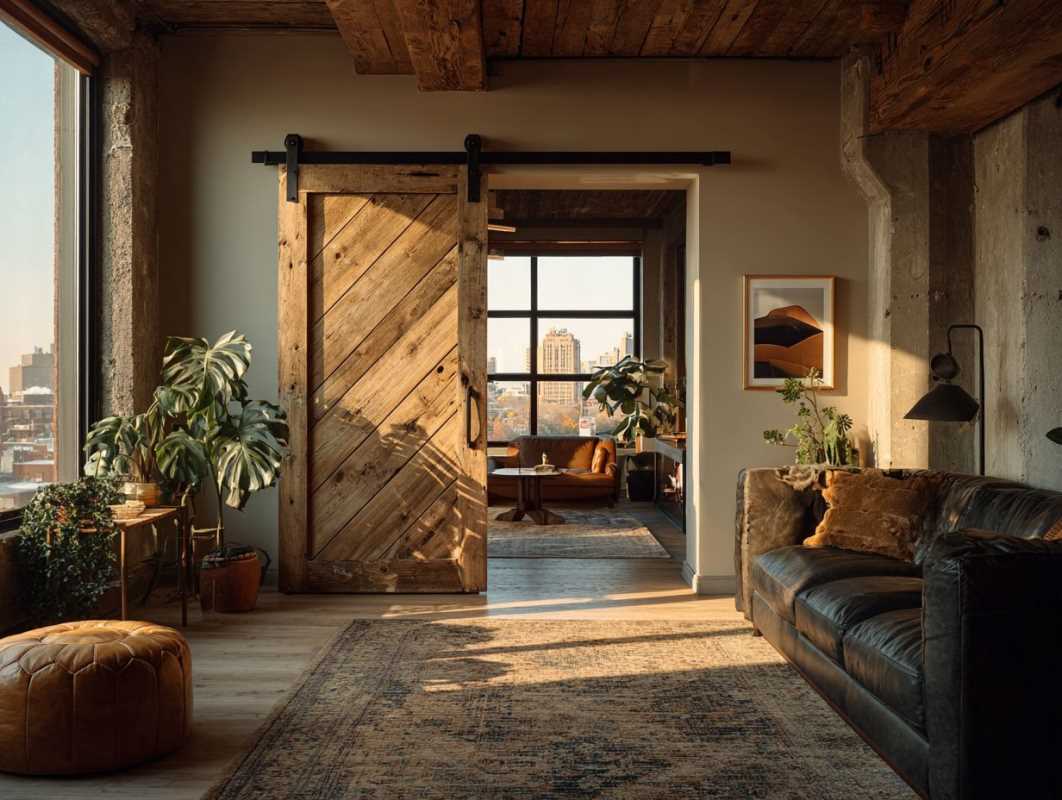 (Image source: Midjourney)
(Image source: Midjourney) 
